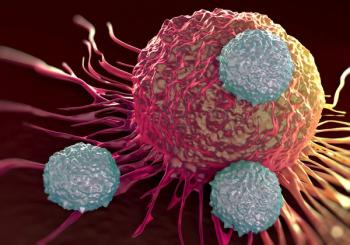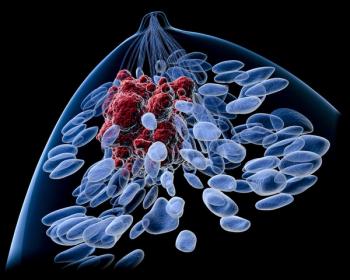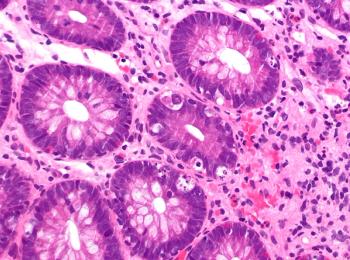
Miami Breast Cancer Conference® Abstracts Supplement
- 42nd Annual Miami Breast Cancer Conference® - Abstracts
- Volume 39
- Issue 4
- Pages: 53-54
68 Upper Extremity Disability Assessment Following Breast Cancer Surgery Using QuickDASH in an Ethnic Minority Population
Background/Significance
Breast cancer surgery increases risk of upper extremity disability. The Quick Disabilities of the Arm, Shoulder, and Hand (QuickDASH; QD) tool is validated to assess upper extremity functionality in patients undergoing surgery for breast cancer. Despite evidence of poorer outcomes among Black breast cancer survivors, studies lack ethnic minorities and analysis of contributing factors. This study explores postoperative upper extremity disability in ethnic minority breast cancer patients at a single Bronx institution.
Materials and Methods
A retrospective review was conducted on surgical breast cancer patients (January 2022-July 2024) with pre- and postoperative QD assessments. Kruskal Wallis, Mann-Whitney, and Spearman’s Rank Correlation analyses were performed.
Results
Among 100 patients, the mean postoperative QD score was 8.9 (± 17.3), with a mean increase of 2.3 (± 15.0) over 161 (± 107) days. Preexisting shoulder pathology significantly increased postoperative QD scores (P = .045). While lymphedema (n = 11) was not significant (P = .25), adjuvant chemotherapy (P = .075) and higher body mass index (BMI; P = .082) showed potential associations. Neoadjuvant chemotherapy improved scores between pre- and postoperative (P = .039). Surgery type, axillary surgery, radiation, and previous surgeries were not significant.
Conclusion
Preexisting shoulder pathology increased postoperative QD scores, which may suggest a role for preoperative rehabilitation. Neoadjuvant chemotherapy improved outcomes. Adjuvant chemotherapy and higher BMI showed trends toward significance. Larger studies with greater power are needed to confirm these findings and tailor treatments to mitigate upper extremity disability.
Articles in this issue
Newsletter
Stay up to date on recent advances in the multidisciplinary approach to cancer.

















































































